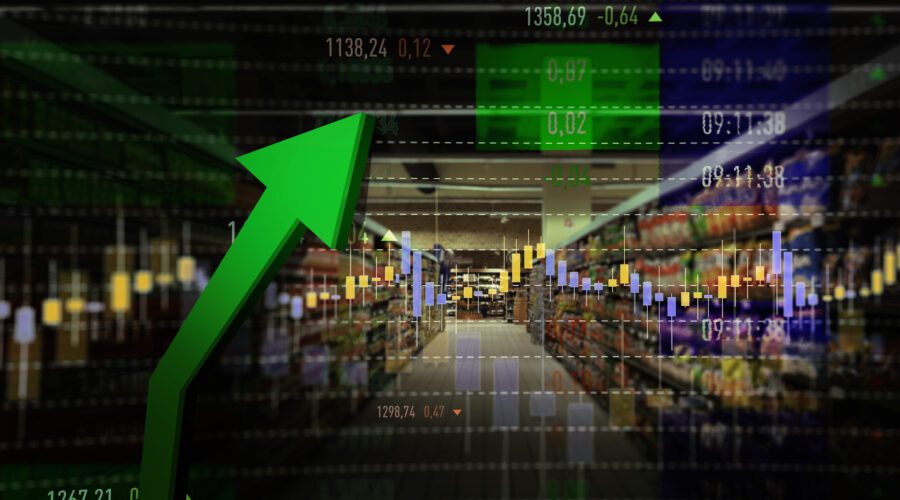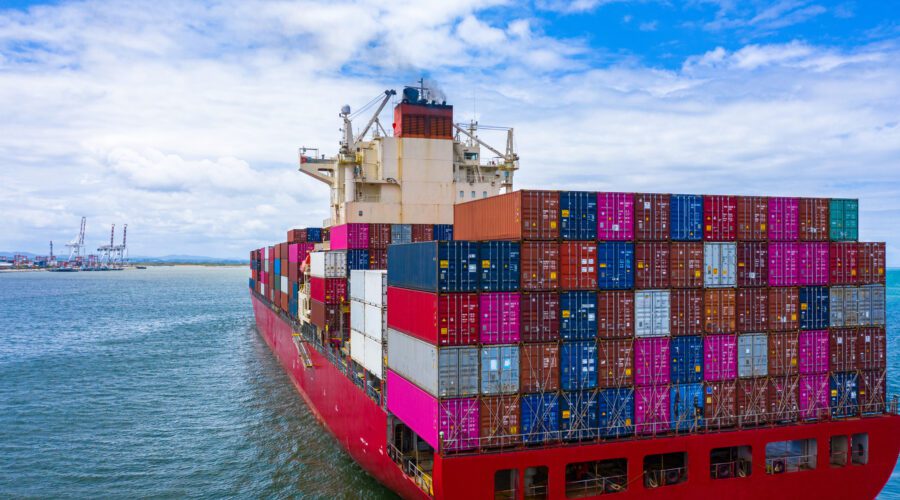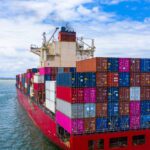The pandemic changed the face of freight forwarding, and at least for several years, we’ll just have to get used to the new look. Even as some aspects of shipping return to some semblance of normal, others are not likely to return to anything familiar any time soon. Several different factors have affected the changes, starting with the lockdowns experienced around the world starting in early 2020.
Since then, the freight world has battled an onslaught of challenges, all of which affected the lead times and prices of shipping. These challenges will continue to affect prices and lead times, though we can expect some changeability as some problems are resolved and new ones arise.
These are the issues that continue to plague the logistics industry.
Changing Buying Habits
The lockdowns shifted purchasing habits almost entirely online, leaving inventory in many stores while more was required from manufacturers for delivery. In addition to a change to the origin of many purchases—rather than shopping in local stores, buyers turned to Amazon, which often includes overseas sellers—there was a change to the amount and type of purchases made. It wasn’t just bathroom products that experienced an enormous increase in demand. The delivery of cleaning products, food, and entertainment options also struggled beneath the weight of demand.
While some of the demand has returned to normal for many of the products, online shopping is still at an all-time high as consumers are either still too wary of COVID in public places or simply accustomed to the convenience.
Labor Shortages
We can’t discuss the prices of freight forwarding without facing the very real problem that labor shortages have caused. Without manpower, the work simply doesn’t get done. Government assistance to help furloughed workers transition to new roles during the pandemic is one cause of the shortage while, again, fear of catching COVID while working in close quarters is another.
This particular challenge doesn’t seem to be resolving soon, either. Employers must balance the demands of skilled workers against the cost, with many potential employees determining their time and work is worth more than they’re being paid.
Ongoing Container Shortages
While many companies have undertaken the task of building their own shipping containers, the shortage is still in full effect. The lack of containers has driven shipping costs up by more than 300%, and with no end of the shortage in sight, these are prices that logistics companies must come to terms with. Before the pandemic, a container cost less than $2,000 to ship goods from Asia. Now, that can cost as much as $25,000, if the importer wants the goods to arrive on time.
All of these factors, and more, work together to keep freight forwarding rates high—and they’ll stay that way until well into next year, according to many sources.
A Way Forward
While many of the factors affecting freight forwarding prices just can’t be resolved overnight, there are a few ways to mitigate costs. By using technology, data could be used to manage the supply chains. Artificial intelligence could assist with enterprise resource planning, manufacturing, warehouse management, and logistics.
With smoother operations wherever smoothing is possible, you could lower costs everywhere that you have control. While that doesn’t change the global issues affecting your freight forwarding costs, every little bit helps.








